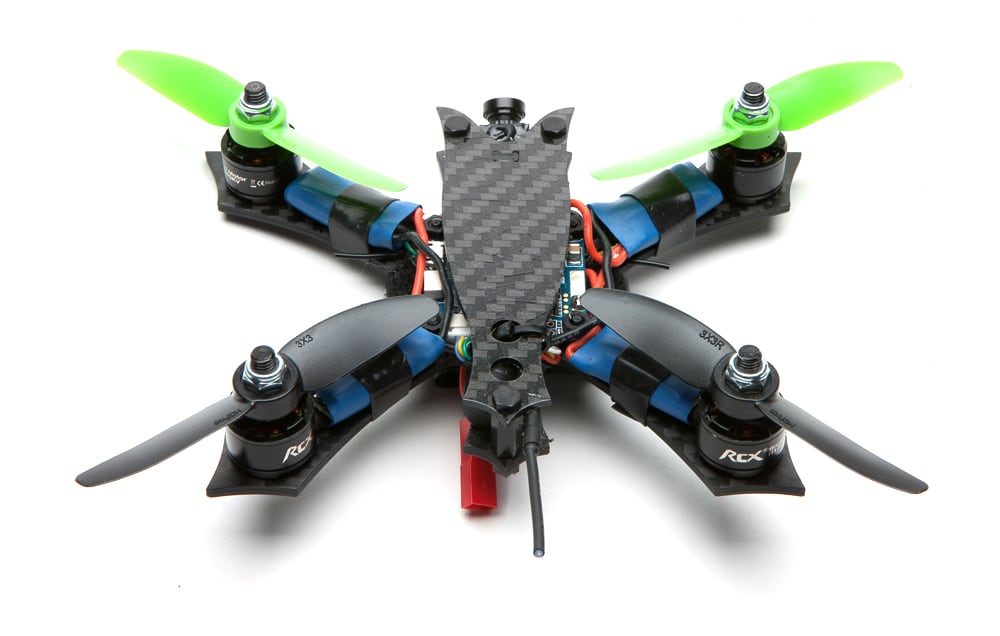Forget delivery drones or photography drones, the flying robots are now being developed specifically for racing around a virtual track.
In fact, Andy Shen, a professional drone racer, helping other professionals build their drones that are the fastest, most agile and damage-resistant they possibly can be.
However, this growing sport isn’t just about taking to the skies and hoping to win a speed race. Oh no, drone racing involves building the drone, programming it and making it the best it can possibly be, before even launching it.
Shen’s company, Shendrones, makes the custom frames for drone racers to build upon, adding the internals to make them run faster, for longer, with more stability than the competition.
Those who wish to race their drones need to carefully consider what to add into the frame and crucially, what to leave out to make sure they’re lightweight, but not too devoid of parts to make them float rather than run.
“A lot of STEM programs are looking to incorporate drones,” Shen told CNBC. “Physics, aerodynamics, electronics, programming, there’s just so much to learn from it.”
They also need to be agile, dodging obstacles on the course and in some cases, even diving through vertical gates, and this is why racing drones tend to be a little slapdash in design. They’re not the pretty drones you’ll find in your local toy shop or photography warehouse.
They’re put together with pieces of wire visible to the naked eye, parts mounted on the outside of the frame and rotors that will cut a finger off.
But that makes it all the more enthralling, Shen told CNBC.


